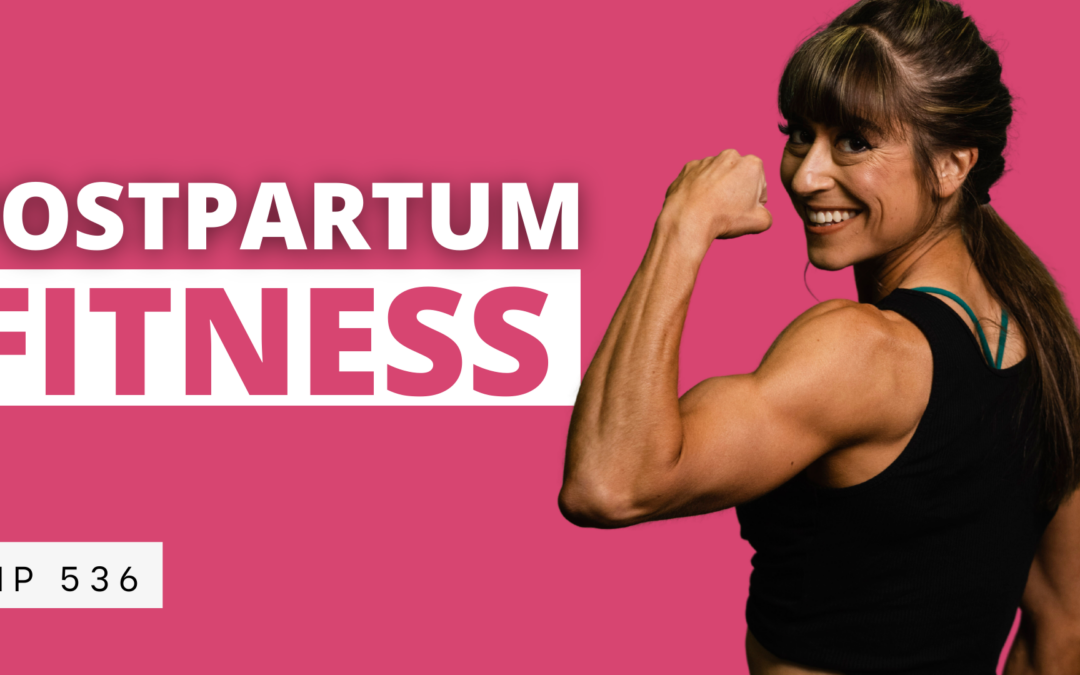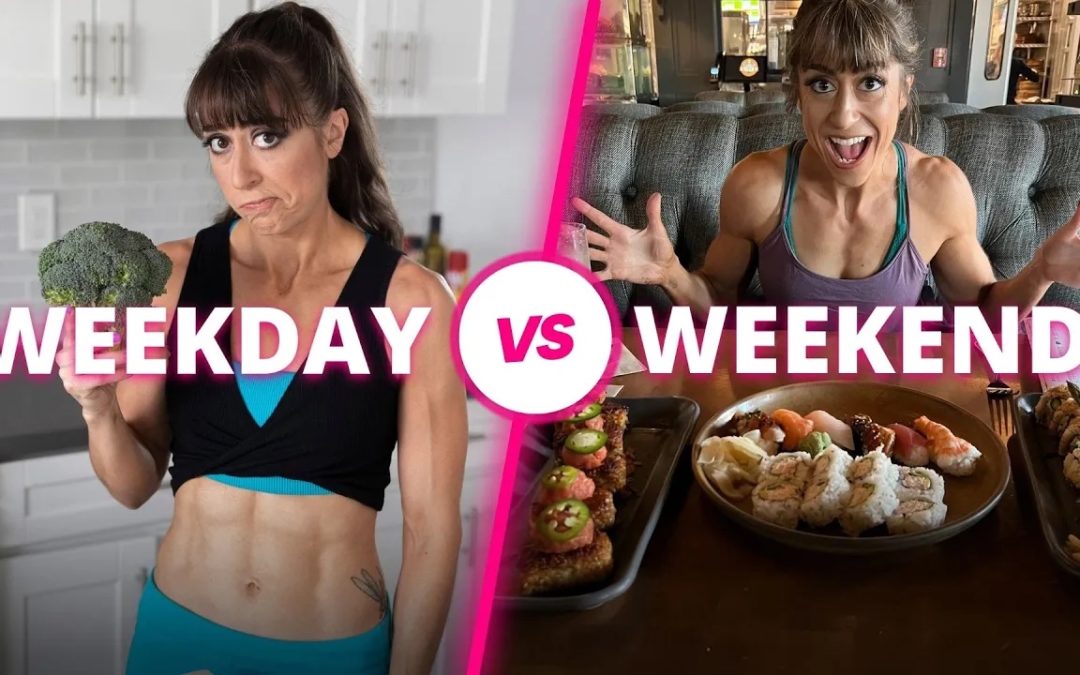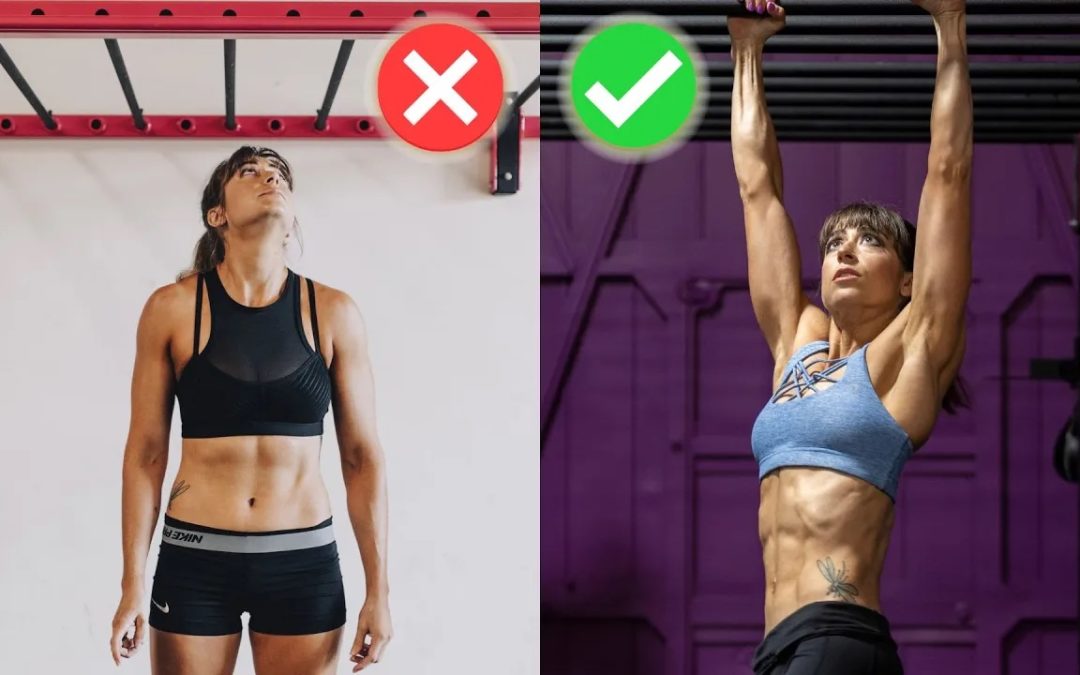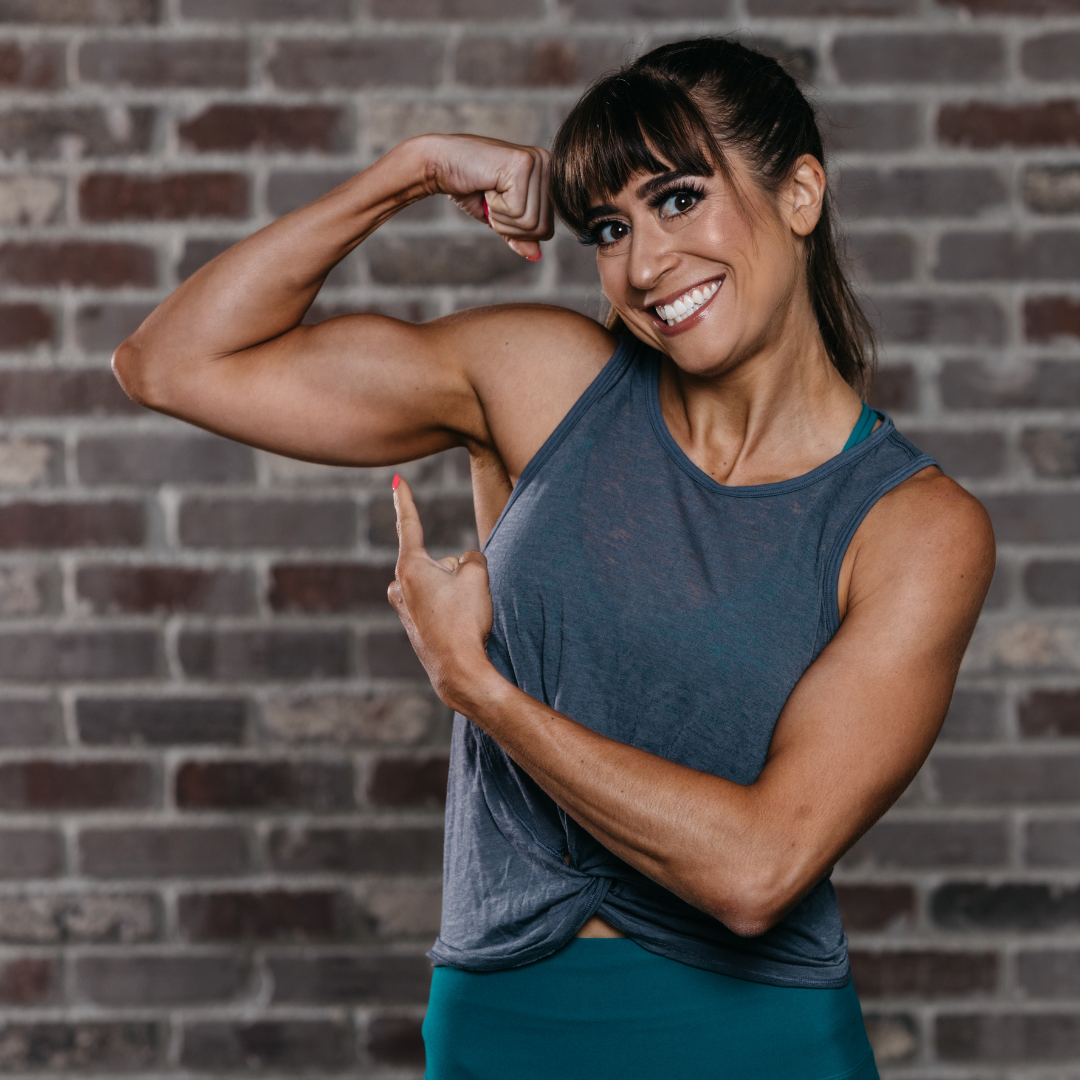
by Cori Lefkowith | Sep 18, 2023 | podcast, Uncategorized
Are you a new mom juggling baby care and fitness goals? In this episode, I’m joined by my fabulous trainer Rachel, a new mom, who shares her real-life experiences and strategies to balance motherhood and personal fitness. In this candid conversation, we uncover...

by Cori Lefkowith | Sep 17, 2023 | Blog, Diet, Exercises
I’ve made all the mistakes when it comes to trying to lose fat, gain muscle and create a sustainable lifestyle. But I like to think all of my…interesting experiments…weren’t for nothing. Because I’ve made so many I can help my clients avoid making those same mistakes...

by Cori Lefkowith | Sep 10, 2023 | Blog, Diet
“But I was good all week!” Have you thought this after stepping on the scale Sunday morning to weigh in only to be disappointed by the result? Many of us have….we feel like we’ve worked hard all week to not see the results we feel we deserve! That’s why I wanted to...

by Cori Lefkowith | Sep 5, 2023 | podcast
Many healthy terms and habits have evolved over time. Keto now is not what keto originally was. Tabata now refers to so many variations of intervals it didn’t originally stand for. And I don’t think the evolution of terms is a bad thing. HOWEVER, these healthy terms...

by Cori Lefkowith | Sep 3, 2023 | Blog, Core, Exercises
Want toned abs? That lean-looking six pack? Then you’ll want to avoid these ab training mistakes. And yes…I want to discuss the mistakes we make when it comes to our ab training routines. Because while abs are revealed by what we do in the kitchen, our training can...






